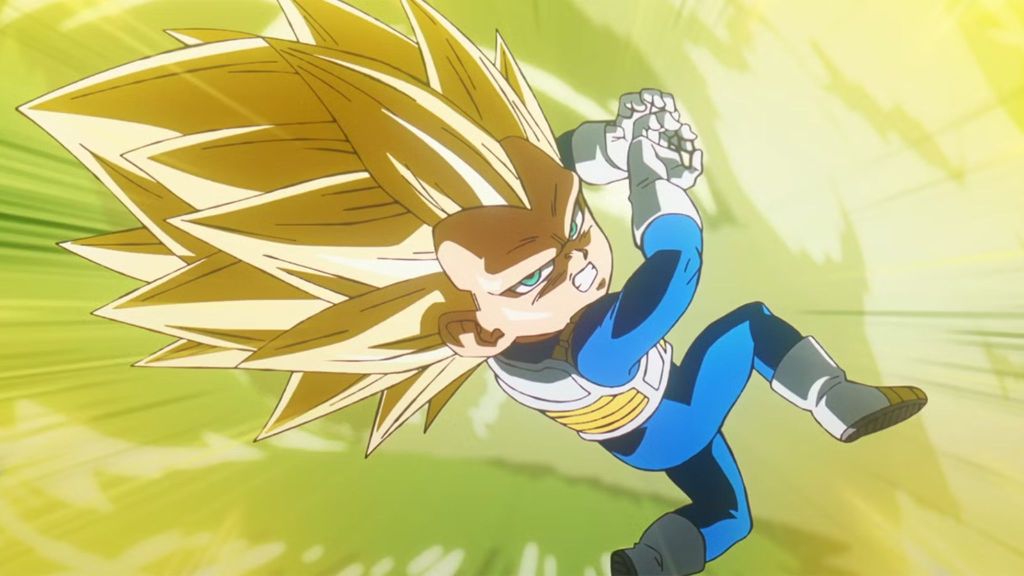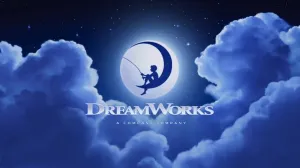The latest installment in the Dragon Ball franchise, Dragon Ball Daima, holds special significance as it marks the final project the late Akira Toriyama contributed to. What makes this installment even more unique is its premise: the Z Fighters embark on a journey through the outskirts of the Demon Realm in search of a way to return to their adult forms after the Demon King, Gomah, uses a wish to turn them into children. Seeing Goku as a kid on an adventure brings a strong sense of nostalgia, clearly drawing inspiration from the iconic Dragon Ball GT.
Videos by ComicBook.com
Amplifying this nostalgic tone is the presence of Bulma, Goku’s very first close companion from the original Dragon Ball, joining him on the journey. This dynamic perfectly echoes the foundational adventure of the franchise. Additionally, witnessing Kid Goku reclaim his iconic weapon, the Power Pole, further connects Daima to the spirit of the original series. However, as the series progresses, Daima loses the core essence that once made the original so captivating, opting for “numbered transformations” over storytelling rooted in adventure, adaptability, and genuine growth.
[RELATED: Dragon Ball Daima Sticks to an Anime Tradition in Goku’s Latest Fight]

Dragon Ball Daima Fails to Capture Genuine Growth and Relies on the Franchise’s Flagship Appeal
The concept of transformation in the Dragon Ball franchise was first introduced during the Frieza Saga in Dragon Ball Z, with Goku achieving the iconic Super Saiyan form near the end of his battle with Frieza. This moment holds more weight than most iconic scenes in anime history, as it encapsulates Goku’s spirit as both a warrior and a Saiyan. It also inspired many other anime to adopt “transformations” as a symbol of growth. Even the recent standout transformation in the anime world, Monkey D. Luffy’s Gear 5 in One Piece, shows clear influence from Dragon Ball Z. However, there was a time when Dragon Ball portrayed growth without relying on transformations, instead emphasizing strategy, resilience, and a more grounded approach.
This is best exemplified in the original Dragon Ball series when Goku first faces Mercenary Tao (Taopaipai) during the Commander Red Saga. Tao proves too powerful for Goku initially, prompting him to rely on his warrior spirit, raw strength, and martial arts training, and coming back again to ultimately secure his first major victory. Similarly, in the early Dragon Ball Z saga, Goku’s battle against Raditz required him to adapt quickly, teaming up with Piccolo and even sacrificing himself to defeat his older brother. These moments reflect the franchise’s core storytelling — growth through experience and adaptability.

Over time, however, the reliance on transformations to signify growth began to overshadow the original formula. Dragon Ball Super exemplifies this shift, heavily favoring transformations, such as the “God” forms, that lack meaningful development and often feel like fairy tales. In contrast, Daima, whose trailers and teasers stayed grounded in fan expectations, and having turned Goku and the Z warriors into children, created the perfect opportunity to provide the root essence of the original installment. However, as the series progressed, it began to feature new transformations, and what makes no sense is how their placement creates major problems for the franchise.
New Transformations in Dragon Ball Daima Make No Sense and Create Major Continuity Issues
There are major issues with the inclusion of new transformations in Dragon Ball Daima, but the most significant concern is the continuity conflict it creates with Dragon Ball Super, especially given that both installments are considered canon. Even Vegeta’s Super Saiyan 3 appearance feels unexpected. Since Super Saiyan 3 Vegeta was never mentioned in Super, a series widely regarded as canon due to its accompanying manga adaptation, it seems this inclusion was primarily intended to generate buzz among fans who had long wanted to see Vegeta in that form.
While Vegeta’s Super Saiyan 3 could still be rationalized within the canon and aligned with Super, Goku’s Super Saiyan 4 transformation presents a much bigger problem for the franchise’s future, particularly if it plans to continue the Super timeline. The other issue is that this transformation doesn’t reflect symbolic or earned growth; instead, it appears as sudden and unearned, lacking any meaningful foundation or narrative justification. This ultimately positions Dragon Ball Daima as an out-of-the-blue installment meant to capitalize on the franchise’s flagship appeal, rather than offer meaningful storytelling, which is unfortunate, as it had laid strong foundations to deliver a return to the franchise’s roots.
Dragon Ball Daima can be streamed on Crunchyroll and Netflix.








